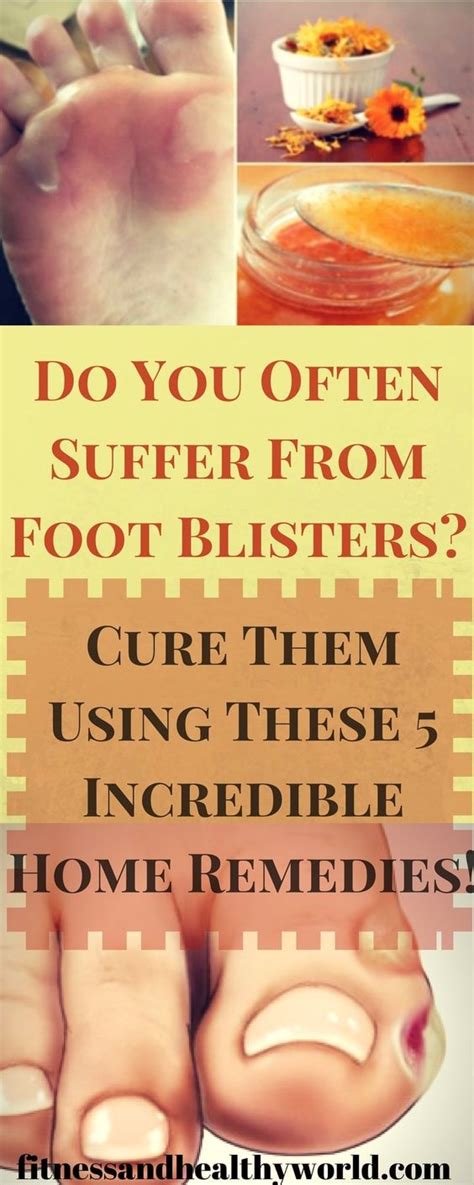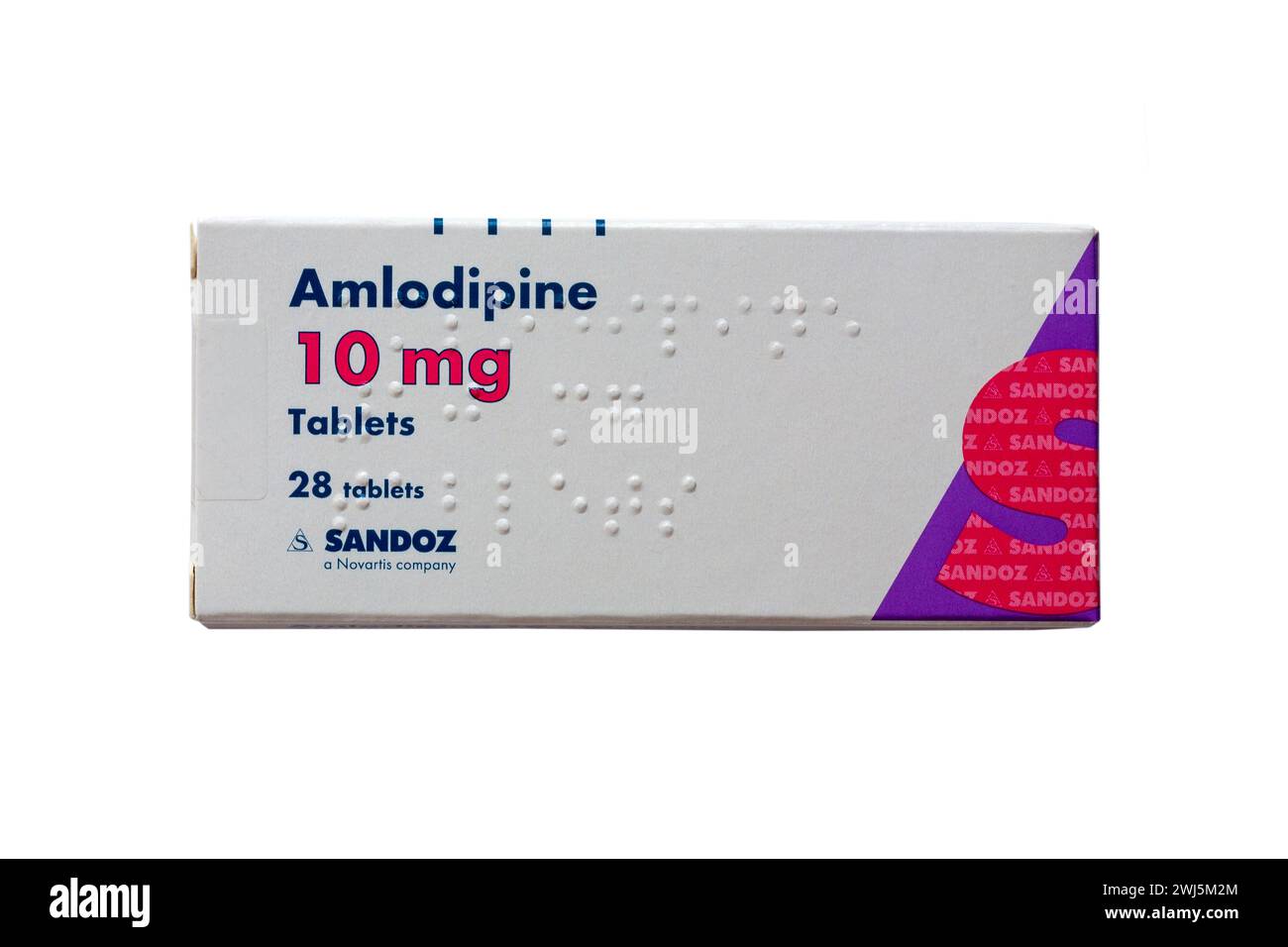Foot blisters can be a pesky issue for many, especially during periods of increased physical activity or when breaking in new shoes. These small, fluid-filled bubbles on the skin can cause discomfort, pain, and even lead to more severe complications if not treated properly. Understanding the causes, prevention strategies, and most importantly, how to treat foot blisters effectively is crucial for instant relief and to prevent further irritation.
Understanding Foot Blisters
Before diving into treatment options, it’s essential to understand what foot blisters are and why they occur. Blisters are essentially a natural defense mechanism of the skin. They form when the skin is subjected to repeated friction or pressure, causing a space between the skin layers to fill with fluid. This fluid, usually a clear liquid called serum, cushions the damaged skin, protecting it from further damage as it heals.
Causes of Foot Blisters
Several factors can contribute to the formation of foot blisters, including:
- Friction and Pressure: The primary cause, often due to ill-fitting shoes or socks that rub against the skin.
- Increased Physical Activity: Engaging in new or more strenuous activities can lead to blisters, especially in areas under constant pressure or friction.
- Poor Foot Hygiene: Not keeping the feet clean and dry can increase the risk of blisters due to bacterial or fungal infections.
- Footwear: Wearing shoes that are too tight, too loose, or made from materials that do not breathe well can increase friction.
Preventing Foot Blisters
Prevention is always better than cure. Here are some strategies to reduce the risk of getting foot blisters:
- Wear Properly Fitting Shoes: Ensure your shoes fit well and are designed for your activity level.
- Use Quality Socks: Moisture-wicking socks can help reduce friction and keep feet dry.
- Break In New Shoes Gradually: Start with short wear sessions and gradually increase time to allow your feet to adapt.
- Keep Feet Dry and Clean: Regular washing and drying, especially between the toes, can help prevent infections.
- Apply Blister Preventatives: Products like moleskin, blister shields, or foot powders can reduce friction.
Treating Foot Blisters
If you do develop a foot blister, here are steps you can take for instant relief:
For Small, Unbroken Blisters:
- Apply Padding: Use moleskin or a gel cushion to reduce friction.
- Keep It Clean: Wash the area with soap and water, then dry it.
- Apply Antibiotic Ointment: To prevent infection.
- Cover It: Use a bandage to protect it from further friction.
For Large or Broken Blisters:
- Drain It (If Necessary): If the blister is large and painful, a healthcare professional might drain it. Avoid doing this yourself to prevent infection.
- Clean and Dry: Once drained, clean the area thoroughly and keep it dry.
- Apply Antibiotic Ointment: To prevent infection.
- Cover It: Use a sterile bandage to protect the area.
Home Remedies for Foot Blisters
Several home remedies can provide instant relief and aid in the healing process:
- Aloe Vera Gel: Soothes and cools the skin.
- Tea Tree Oil: Has antiseptic properties that can help prevent infection.
- Cold Compress: Reduces swelling and pain.
- Epsom Salt Soak: Can help reduce inflammation and promote healing.
When to Seek Medical Attention
While most foot blisters can be treated at home, there are instances where medical attention is necessary:
- Signs of Infection: Increased redness, swelling, pus, or fever.
- Diabetics: Due to the risk of complications, it’s best for diabetics to seek professional advice for any foot issues.
- Pain: If the pain is severe and interferes with daily activities.
Conclusion
Foot blisters, although common, should not be ignored. By understanding their causes, taking preventive measures, and knowing how to treat them effectively, you can minimize discomfort and reduce the risk of complications. Remember, if in doubt or if symptoms worsen, seeking advice from a healthcare professional is always the best course of action.
Frequently Asked Questions
Can I pop a foot blister myself?
+No, it’s not recommended. Popping a blister can lead to infection. If a blister is large and painful, it’s best to have it drained by a healthcare professional.
How long does it take for a foot blister to heal?
+The healing time for foot blisters can vary depending on their size and depth, but most heal within a week or two with proper care.
Are there any over-the-counter products to treat foot blisters?
+Yes, there are. Products like blister pads, moleskin, and foot creams can provide relief and aid in healing. However, it’s always a good idea to consult with a healthcare professional for proper diagnosis and treatment advice.



